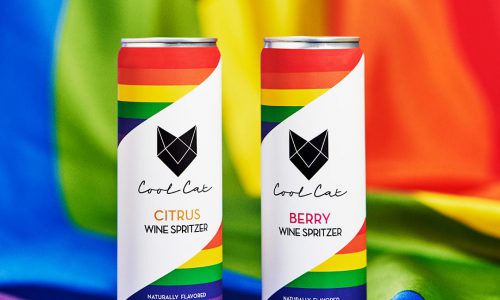With the arrival of the COVID-19 vaccine, it’s time to think about what life will be like post-pandemic. Although it will take some time for the general population to be inoculated, the timing is right for companies to strategize and plan ahead for easing back into the market face-to-face — especially since many in the industry believe a hybrid model of interactions online and off is where we’re headed.
We reached out to Michael Gitter, Vice President, Director of Marketing, VINTUS, a New York-based fine wine importer with a focused portfolio of top-notch estate-based producers around the globe, to learn how he envisions companies will re-enter the field post-pandemic.
“It’s going to be a slow and steady return, in part because I don’t believe there will be a light-switch-flip moment when everyone — brands, field marketers, trade, consumers — will all feel comfortable with the types of initiatives and activations that were prevalent pre-COVID,” explains Gitter. “It is going to require nimbleness and a careful hybrid of online and in-person work. Where things can be done online, they will continue to be for at least another year, and in-person activations will be limited to small groups or one-on-one interactions — with reassuring safety protocols in place. The most successful marketers will be those who can be creative and make consumers feel safe and comfortable while engaging with the brand.”
Meanwhile overall at VINTUS, both employees and clients have expressed positivity towards the potential of returning to face-to-face interactions with a combination of excitement and nerves as, collectively, we all wait to see what transpires going forward. “I think employees are cautiously excited, and clients are excitedly cautious — by which I mean that employees want to get back to face-to-face meetings as soon as possible after so many months of the creativity roadblocks inherent to remote work and virtual meetings. It’s the impromptu meetings that we have lost during this period, and those are the ones where the most innovation often happens,” says Gitter. “Clients, on the other hand, are excited too, but they also are — correctly — aware of the danger of getting in-person too quickly, especially if it involves consumers or trade gatekeepers, as the optics from a potential perceived insensitivity to the current situation could reflect poorly on a brand.”
And still, questions remain: In what ways will field marketing change, and how might it stay the same? For Gitter and his team, the answer lies in taking stock of the business and shifting accordingly. “I think field marketing, like many aspects of business generally, will use this moment as a reevaluation of resource allocation. Where there was travel to other regions before, companies will look within the local markets for field marketing execution to avoid unnecessary costs as well as unnecessary travel (and health risks),” he notes.
“This period has been an unintentional beta test of many online platforms and tools for needs previously fulfilled by in-person field marketing, and those that have been successful will continue. But I do feel that an in-person element will continue to be a part of field marketing, as in some ways companies, clients, and consumers have learned more than ever how critical in-person contact is to fully gauge reactions, communicate nuanced concepts, and utilize experience in a field. In other words, there’s no replacement for the qualitative ‘feeling’ that accompanies field work.”






